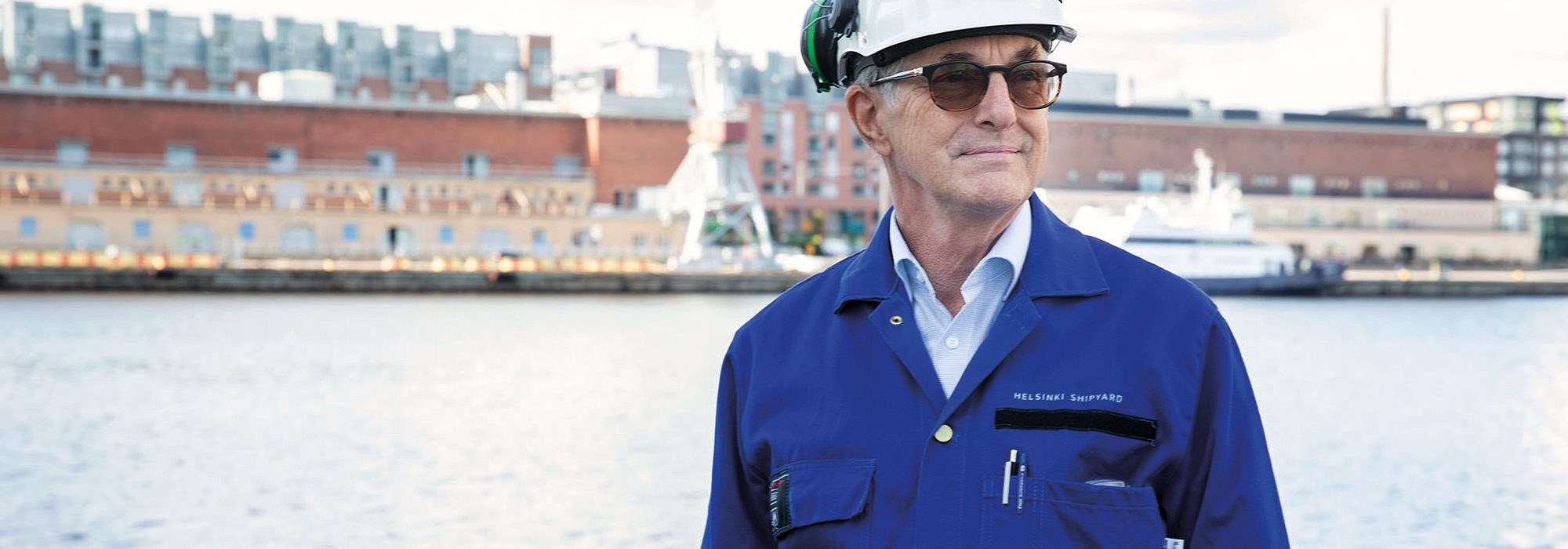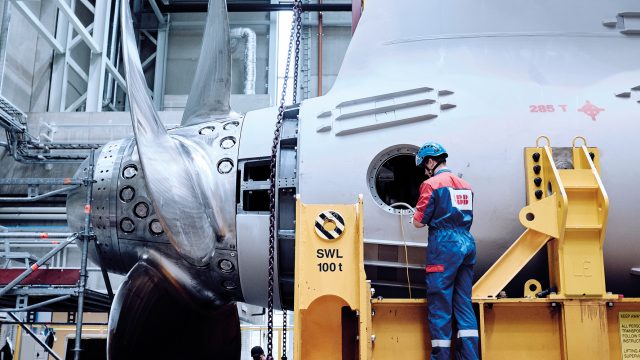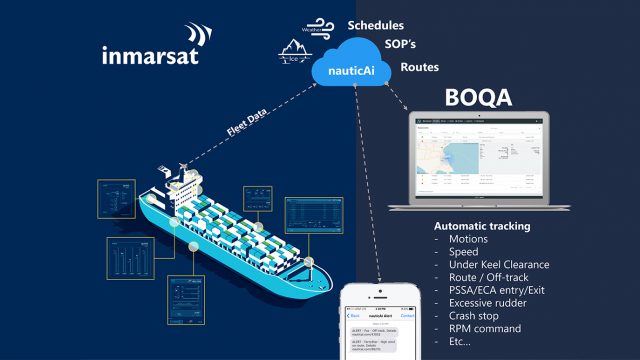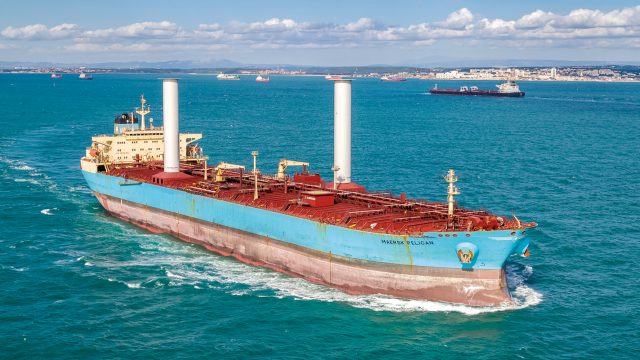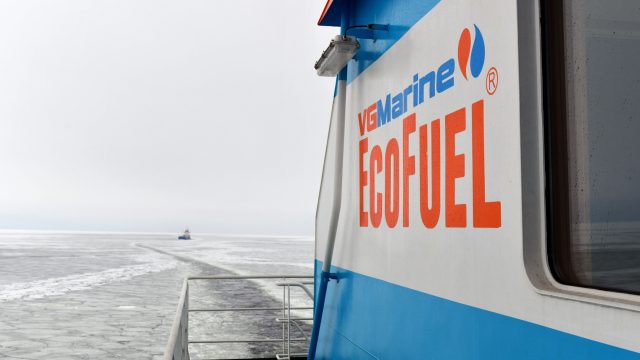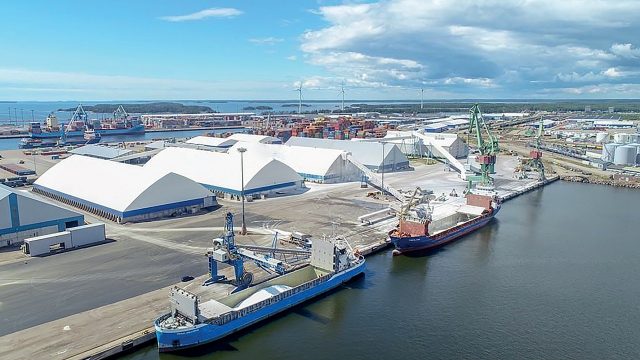Carl-Gustaf Rotkirch, who became CEO of Helsinki Shipyard in May 2019, feels confident about the future.
“Our owners intend to develop the shipyard with a profit-oriented approach, while also utilising their own fleet. To get the ball rolling, the new owner has ordered two luxury expedition cruise ships. The orders were received in June
2019 and the deliveries are scheduled for autumn 2021 and spring 2022,” says Rotkirch.
Carl-Gustaf Rotkirch, who became CEO of Helsinki Shipyard in May 2019, feels confident about the future.
Hull block manufacture is carried out in Klaipeda, Lithuania and construction started in the end of summer 2020, when the first blocks arrived and hull assembly began.
In October 2020 the shipyard received a new order for another expedition cruise ship, slightly bigger than the 2 first ones. The orderbook now consists of 3 cruise ships and reaches to the end of 2022.
“We’ve done a great deal of work since our change in ownership. As a consequence of sanctions, Arctech experienced problems and delayed payments during construction. The new company has started out with a clean slate. The business was transferred to its new owner, while the debts remained with the previous owner.”
Rotkirch says there is currently plenty of global interest in both cruise ships and icebreakers.
“Helsinki shipyard has been manufacturing icebreaking vessels for the past ten years and we intend to continue. Cruise ships will also be added to our repertoire, as they suit the shipyard’s facilities. The largest conceivable cruise ship that we could consider would be a 70–80,000 ton Panamax. The ships currently on order have gross tonnage of 10 to 11,000. Globally, shipyards have an order backlog of about 30 small cruise ships. Demand is exceeding supply. We currently have half a dozen projects on our list.”
Both Finland and the shipyard are unarguable specialists in ice-class vessels. The Helsinki shipyard has built about 60 per cent of all the icebreakers in service in the World.
“Finland and Sweden are planning to renew their fleets. Russia has a large fleet of icebreakers, many of which are 30 to 40 years old. These will soon be up for replacement and we’ll definitely be participating in the tenders.”
New strategy under construction
A new strategy is being drawn up for the shipyard. A lease agreement has been signed with the city reaching until 2035.
“The Helsinki shipyard has long been a place for constructing ships, but circumstances have changed. We’ve made it our mission to once again make the shipyard competitive and interesting to our customers. This lease agreement is a good basis and enables us to look forward well into the future.”
The Shipyard has demolished its block outfitting halls in Hernesaari and is returning the Hernesaari area to the City of Helsinki at the end of 2020 as part of an agreement with the City. As a result the available area of the shipyard is reduced by one third.
“We have created a precise resource planning model so that the shipyard does not fill up with goods waiting to be used. The blocks are outfitted and painted at the block factories, so that they are ready for further outfitting and hull erection when they arrive in the yard. The shipyard only has small buffer stocks. Other storage areas will also be opened outside the shipyard.”
Rotkirch says that new production processes must be developed without spending too much time gazing in the rear-view mirror. That said, all experience is useful.
“Twenty years ago, the construction industry took examples from shipyards. Now we’re looking in the opposite direction. How is the construction industry handling things like logistics and project management?”
Domestic competition and workforce
There has already been talk of workforce availability and mutual arrangements between shipyards, but currently there is no harmful competition in sight.
“We’ve spoken with Rauma Shipyard about not needing to compete for a few years. We make smaller cruise chips, icebreakers and workboats. Rauma will be busy making corvettes and car ferries over the next few years. However, it’s not impossible that we may end up competing in the future. Yet I believe there will be enough orders to go round. And investing in our own core expertise will also set us apart,” says Rotkirch.

It is obvious that all shipyards need to have a skilled workforce. Rotkirch thinks that the entire industry has handled generation change poorly. The industry needs thousands of employees and must attract young people.
“Helsinki Shipyard in particular maintained a low profile for some time, and people transferred to other employers. We’ve jokingly been talking about returnees, and have indeed managed to get people back. However, a certain section of the workforce has reached retirement age and we’ve lost a lot of expertise. At some point, it looked like shipbuilding as a whole was under threat, and the industry didn’t obtain experts.”
That will, and has to change in the years to come.
“Seventy is the new normal”
Carl-Gustaf Rotkirch (71) has spent his entire working life in the shipbuilding industry. Helsinki Shipyard has been a familiar place since the early days of his career. In 2008, Rotkirch’s career took him to the Bahamas for seven years, where he was CEO of a repair yard owned by the cruise line companies Carnival and Royal Caribbean. He didn’t have time to retire, working instead as a consultant before being asked to revitalise Helsinki Shipyard – an offer he couldn’t turn down.
“Seventy is the new normal,” he smiles.
Helsinki Shipyard
• Helsinki Shipyard Inc is located in the Hietalahti district of Helsinki and specialises in demanding marine technology and shipbuilding.
• Since 2019, it has been owned by Algador Holdings Ltd. The shipyard employs about 400 people.

